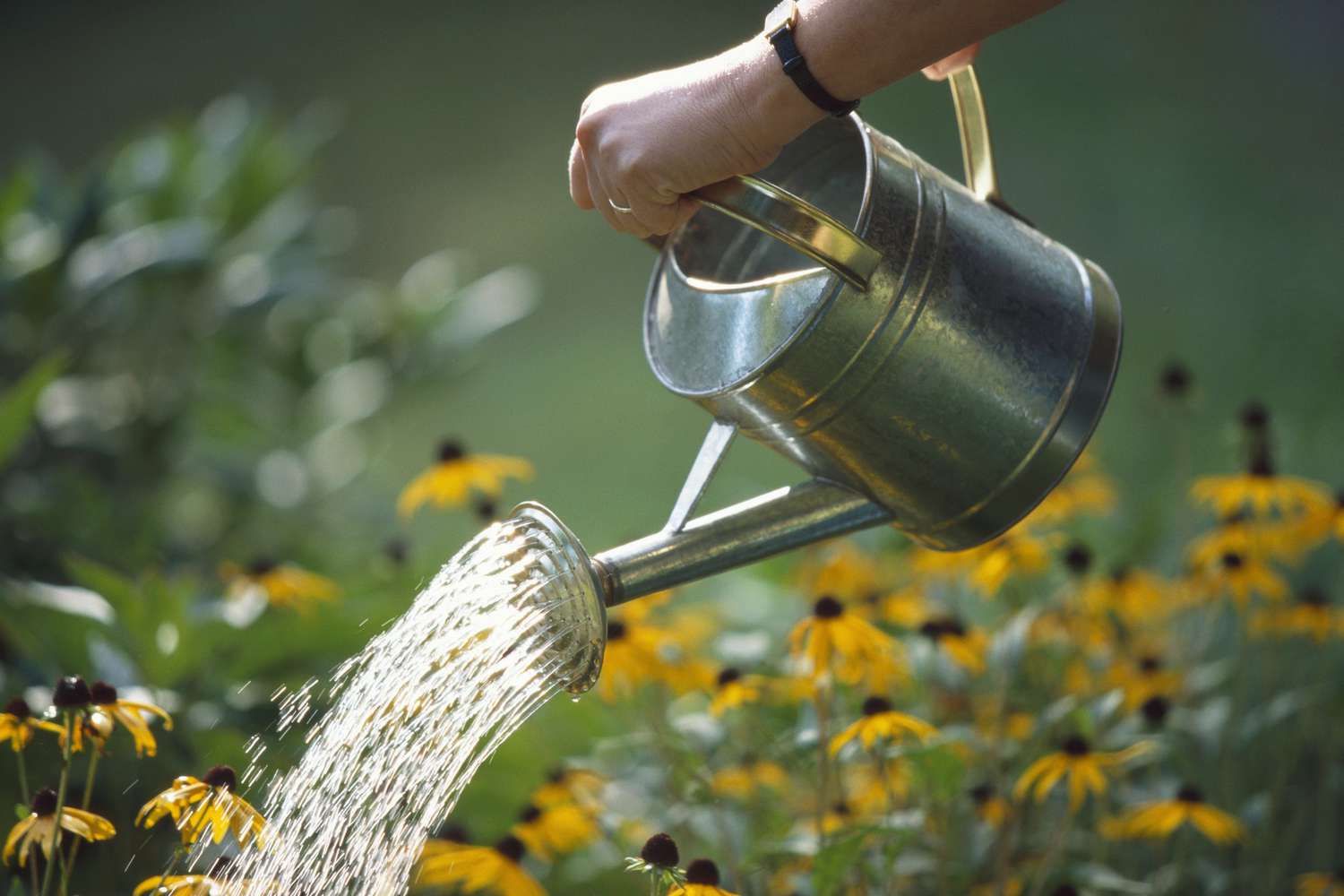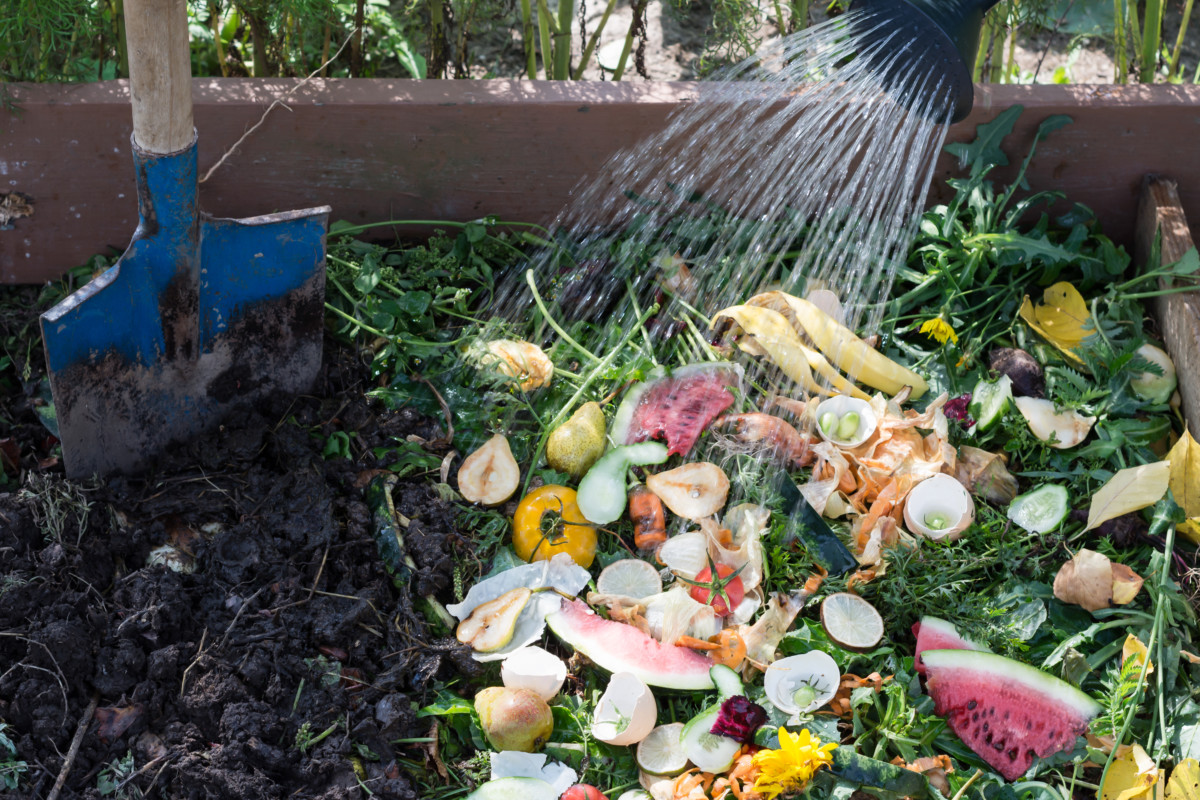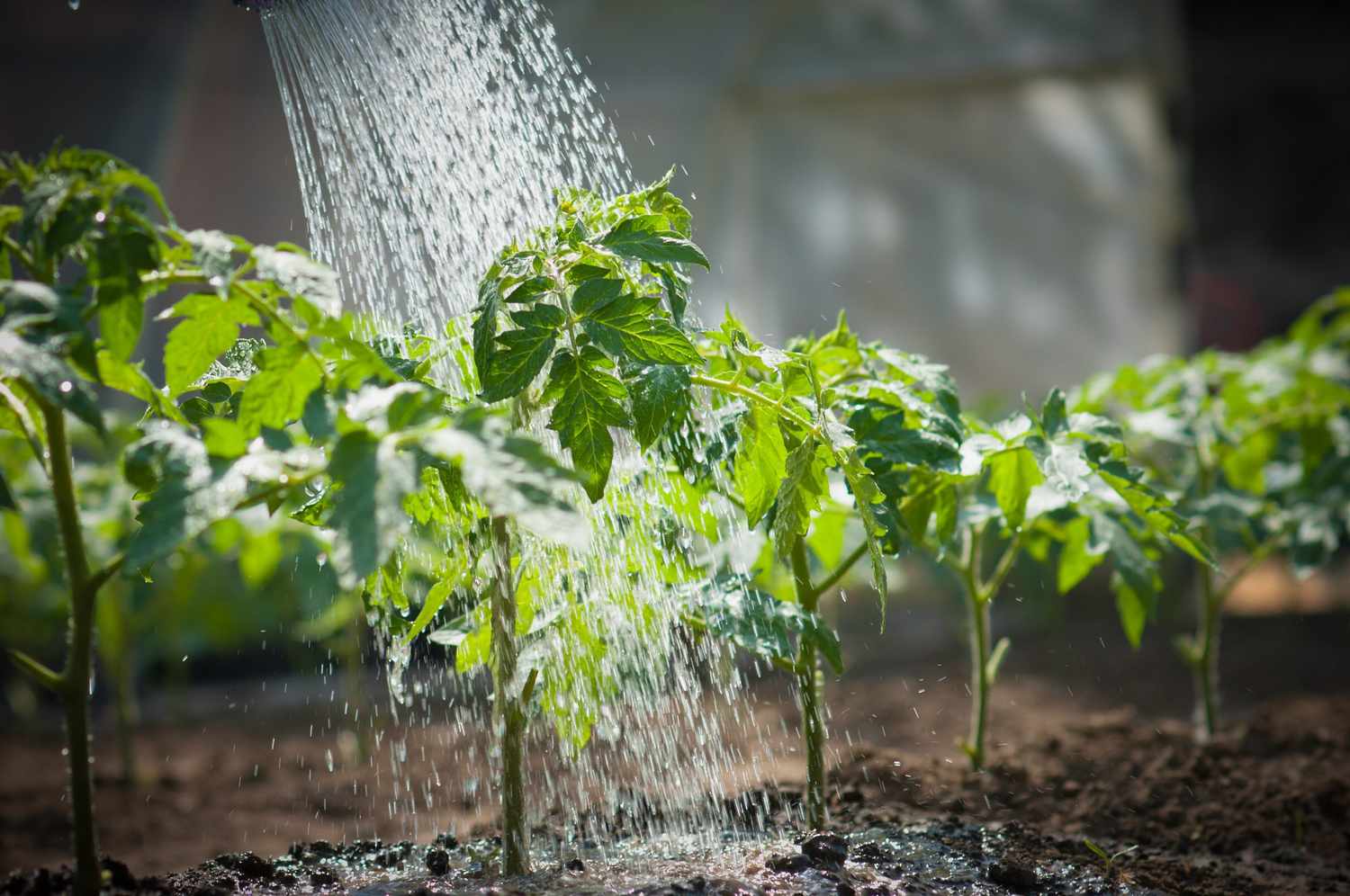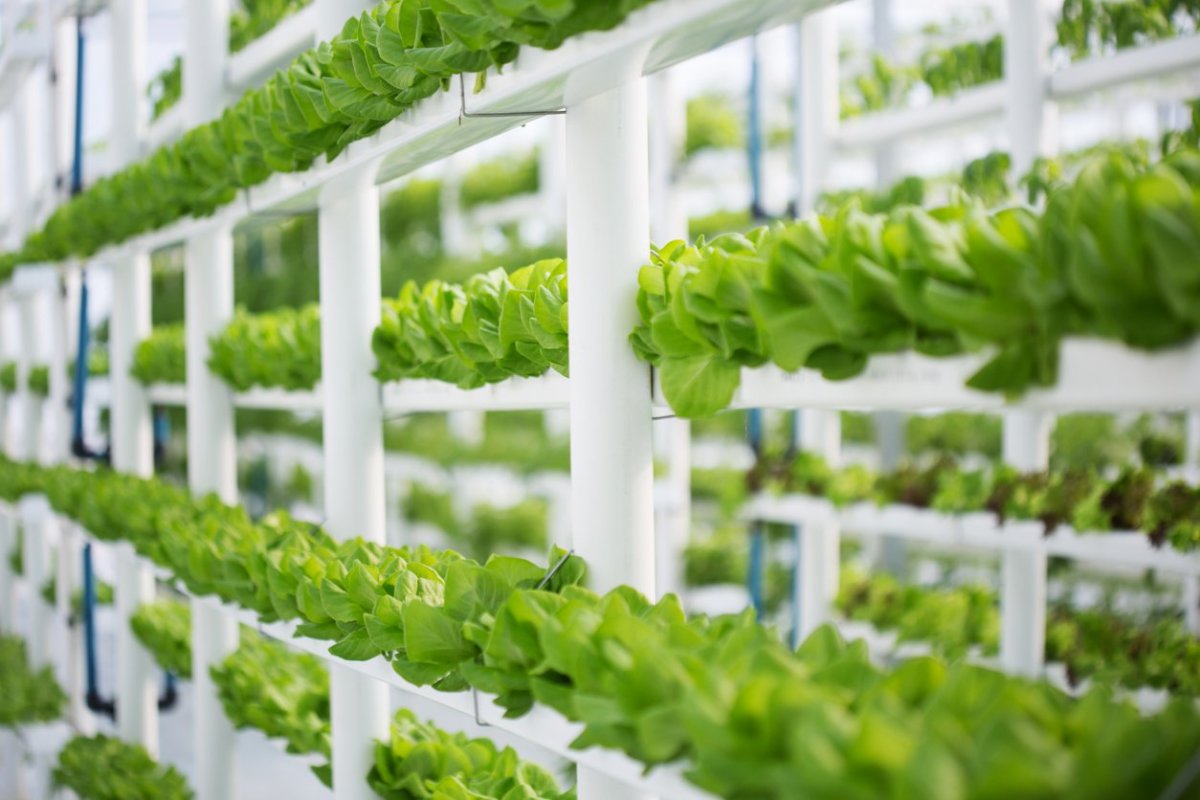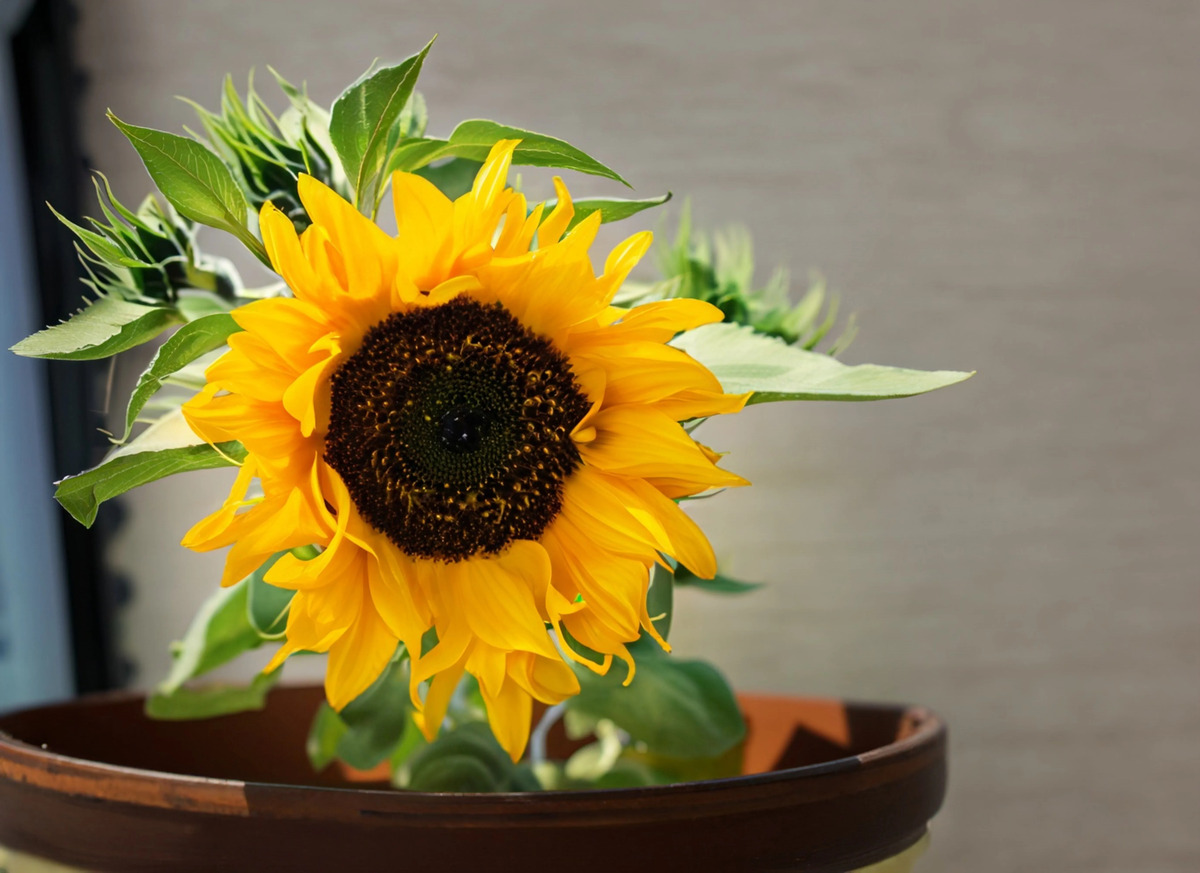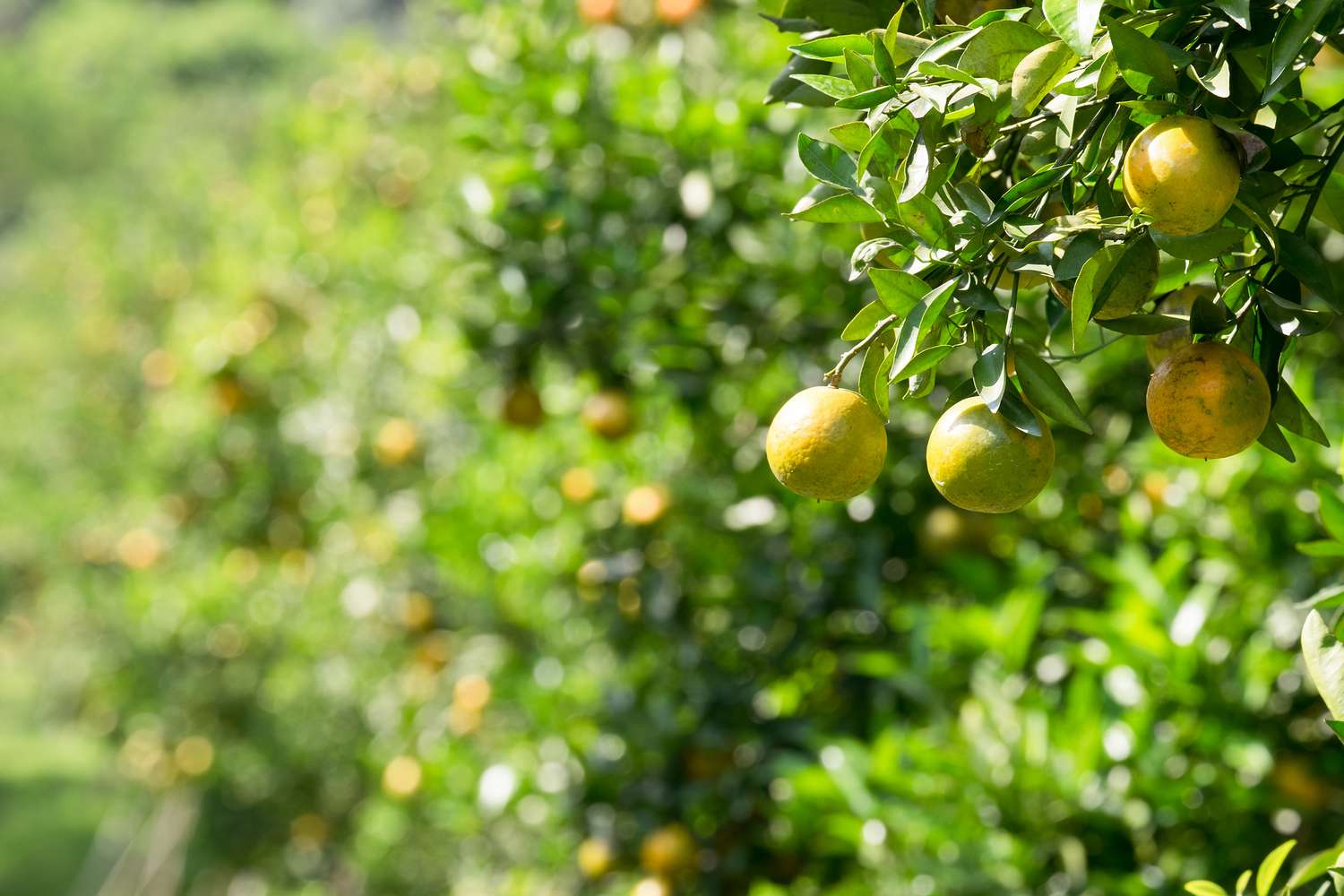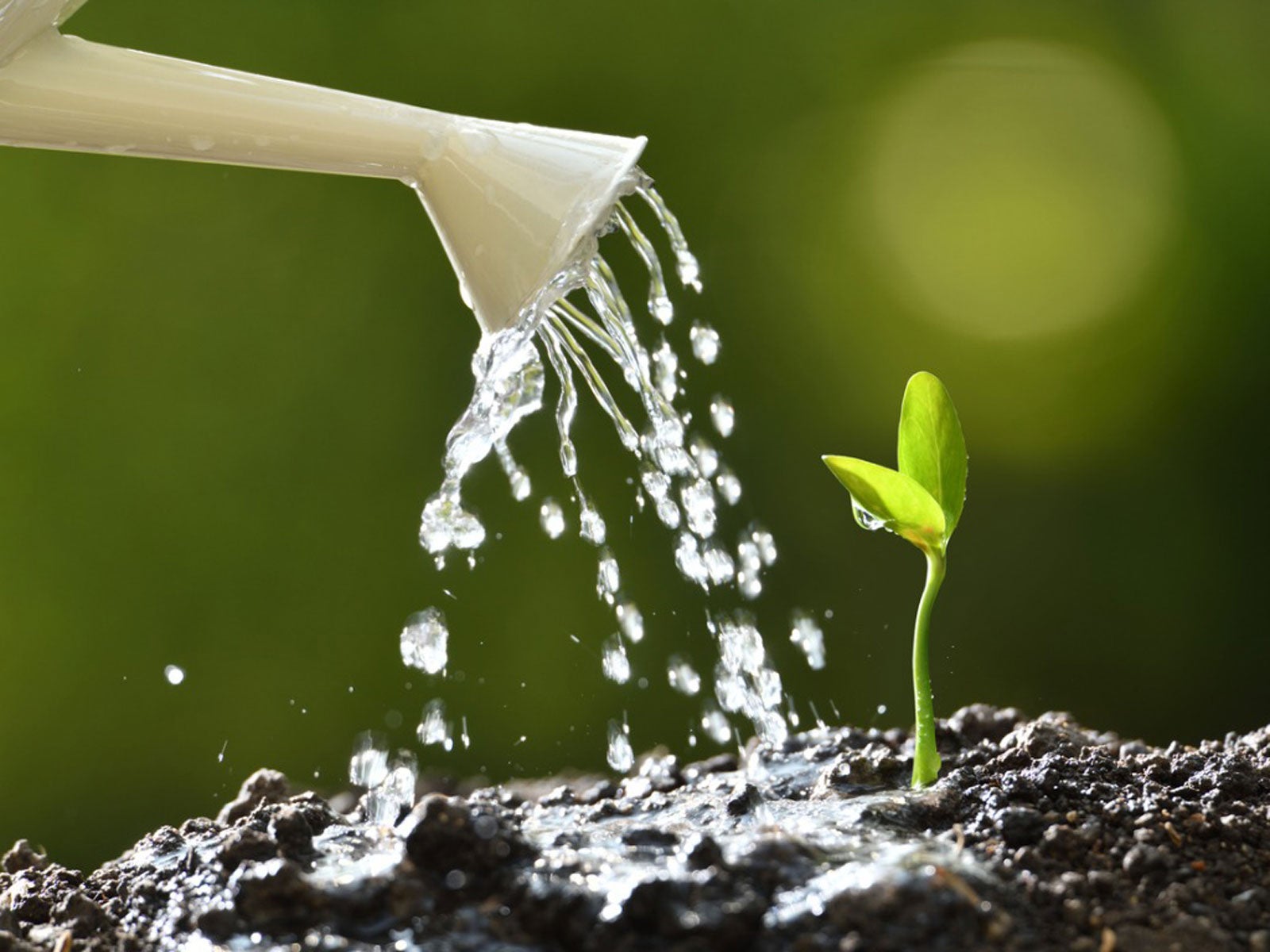Home>Gardening Techniques>Plant Care>How Often To Water Baby Succulents
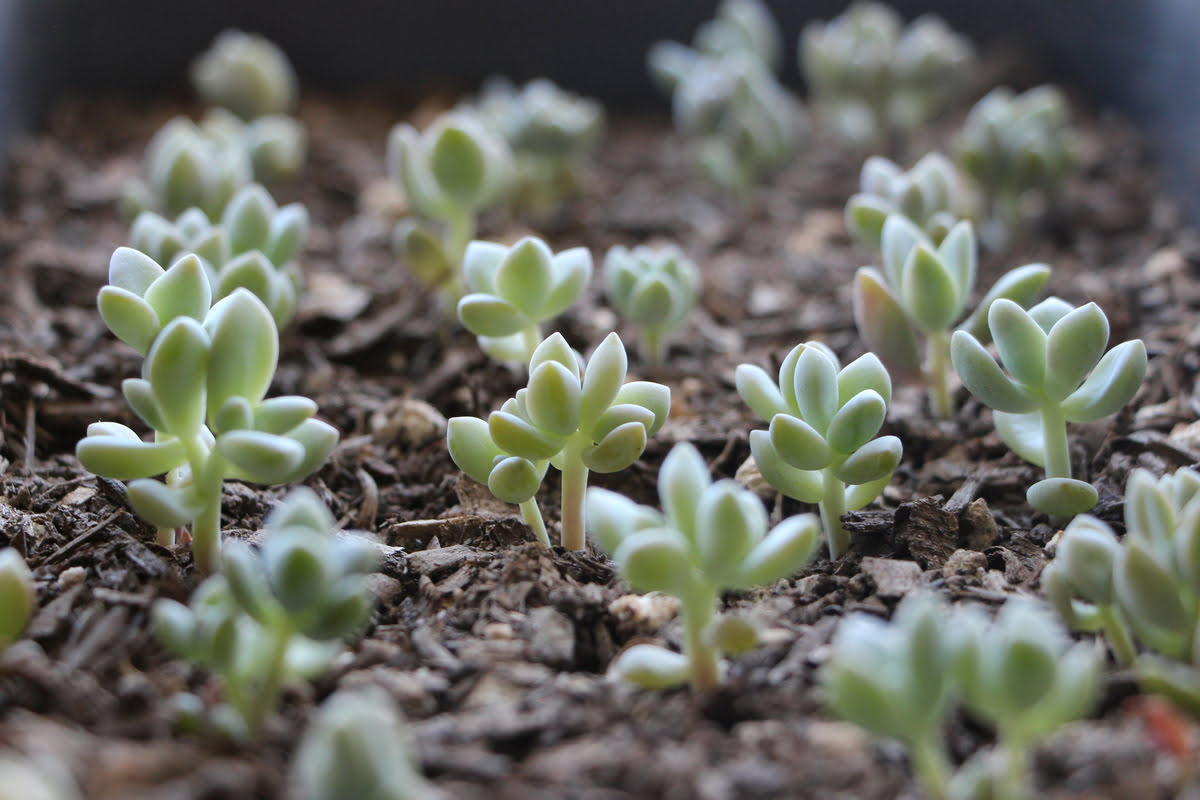

Plant Care
How Often To Water Baby Succulents
Modified: February 9, 2024
Learn the best plant care practices for baby succulents, including how often to water them. Essential tips for keeping your succulents healthy and thriving.
(Many of the links in this article redirect to a specific reviewed product. Your purchase of these products through affiliate links helps to generate commission for Chicagolandgardening.com, at no extra cost. Learn more)
Table of Contents
Introduction
Welcome to the world of succulents! These unique and eye-catching plants have gained immense popularity among plant enthusiasts and homeowners alike. Succulents are known for their ability to store water in their leaves, stems, and roots, making them resilient and adaptable to various environmental conditions. While they are generally low-maintenance plants, proper care is essential, especially when it comes to watering.
In this article, we will delve into the world of baby succulents and explore the factors that affect their watering frequency. We will discuss the signs of both underwatered and overwatered succulents, as well as provide a watering schedule and some tips for properly watering your baby succulents.
Whether you’re a newbie to succulent care or a seasoned plant parent, understanding the watering needs of baby succulents is crucial for their overall health and growth. So, grab your watering can and let’s dive in!
Understanding Baby Succulents
Before we delve into watering practices, it’s important to understand what distinguishes baby succulents from their mature counterparts. Baby succulents, often referred to as “pups” or “offshoots,” are the small, new growths that emerge from the base of an adult succulent plant. These baby plants are essentially clones of the parent plant and have the potential to grow into mature succulents with proper care.
Compared to fully grown succulents, baby succulents have a delicate root system and are more vulnerable to environmental changes. They require extra attention and care, including specific watering practices, to ensure their healthy development. It’s crucial to create an ideal environment for these young succulents to thrive.
Another important aspect to note is that the size and type of succulent will impact the growth rate and watering needs of baby succulents. Some succulents, such as Echeverias or Haworthias, produce larger pups that can be separated and planted independently at an earlier stage. On the other hand, succulents like Sedums or Crassulas may produce smaller offsets that require more time to establish themselves before being separated. Understanding the specific requirements of your succulent species will help you provide the best care for your baby succulents.
Now that we have a better understanding of what baby succulents are and their unique characteristics, let’s explore the factors that influence their watering needs.
Factors Affecting Watering Frequency
When it comes to watering baby succulents, it’s important to consider various factors that impact their watering frequency. Understanding these factors will help you gauge when and how often to water your young succulents. Let’s take a closer look at some key factors:
- Succulent Type: Different succulent varieties have different water requirements. Some succulents, like those native to arid regions, are more drought-tolerant and require less frequent watering. On the other hand, succulents originating from tropical regions may prefer more regular watering. Research the specific needs of your succulent species to determine the ideal watering frequency.
- Temperature and Humidity: Succulents thrive in arid environments, with low humidity and high temperatures. In cooler and more humid climates, succulents may require less frequent watering compared to those in warmer and drier climates. Monitor the temperature and humidity levels in your area to adjust your watering routine accordingly.
- Season: The season also plays a role in determining watering frequency. During the active growing season, typically spring and summer, when succulents are actively producing new growth, they may require more frequent watering. In the cooler months, succulents enter a dormant phase and need less water. Adjust your watering schedule based on the season to prevent overwatering or underwatering.
- Pot Size and Drainage: The size and type of pot used also affect watering frequency. Succulents planted in smaller pots will dry out quicker and may require more frequent watering. Additionally, pots with good drainage, such as those with drainage holes, help prevent waterlogged soil and promote healthy root growth. Ensure your pots have adequate drainage to avoid overwatering your baby succulents.
- Soil Composition: Well-draining soil is crucial for succulents, as it allows excess water to drain quickly, preventing waterlogged roots. Use a specially formulated succulent or cactus potting mix, or create your own by adding coarse sand, perlite, or pumice to increase drainage. The soil composition will impact how often you need to water your baby succulents.
These factors, when considered collectively, will help you determine the watering frequency that works best for your baby succulents. Keep a close eye on your plants and make adjustments as necessary to provide optimal care.
Signs of Underwatered Succulents
Proper watering is crucial for the health and growth of your baby succulents. Underwatering can have negative effects on their overall well-being. It’s important to be aware of the signs that indicate your succulents are not receiving enough water. Here are some common signs of underwatered succulents to look out for:
- Wilting Leaves: One of the first signs of underwatering is wilting leaves. The leaves of an underwatered succulent may appear deflated, limp, and droopy. The lack of water causes the leaves to lose their turgidity and wilt.
- Shriveled or Wrinkled Leaves: Another noticeable sign is the shriveling or wrinkling of the leaves. As succulents store water in their leaves, prolonged lack of water causes them to shrink and become wrinkled. This is an adaptive mechanism to conserve water.
- Dull or Discolored Leaves: Underwatered succulents may also exhibit a change in leaf color. The leaves may turn yellow or brown and appear dull instead of their vibrant and healthy green coloration.
- Leaf Drop: In extreme cases of underwatering, succulents may shed their leaves. This is a survival mechanism where the plant sacrifices older leaves to preserve moisture for new growth.
- Slow Growth: Insufficient water supply can hinder the growth of baby succulents. If you notice that your succulents are not growing at a normal rate or seem stunted in their growth, it may be a sign of underwatering.
- Dry and Crumbly Soil: Checking the soil moisture is another way to determine if your succulents are receiving enough water. If the soil feels dry to the touch and crumbles easily, your succulents may need a drink.
If you observe these signs in your baby succulents, it’s important to adjust your watering routine accordingly. However, it’s equally important to avoid overcompensating by overwatering, as this can lead to other issues. Let’s explore the signs of overwatered succulents in the next section.
Signs of Overwatered Succulents
While it’s important to provide enough water to your baby succulents, overwatering can be just as detrimental to their health as underwatering. Overwatered succulents are more susceptible to root rot, fungal infections, and other issues. It’s crucial to recognize the signs of overwatering to prevent further damage. Here are some common signs to look for:
- Soft and Mushy Leaves: One of the most noticeable signs of overwatering is soft and mushy leaves. Overwatered succulents will have leaves that feel squishy and may even appear translucent. This indicates that the plant’s tissues have become waterlogged and are breaking down.
- Yellowing or Browning of Leaves: Overwatered succulents may show signs of leaf discoloration, with the leaves turning yellow or brown. The excess moisture causes the roots to suffocate, leading to nutrient deficiencies and leaf damage.
- Rotting or Blackened Roots: If you remove your succulent from its pot and observe dark, rotten roots, it’s a clear indication of overwatering. Healthy roots are firm and white, while overwatered roots will appear mushy and have a dark color.
- Foul Odor: Another sign of overwatering is a foul smell emanating from the soil or the plant itself. This odor is often associated with rotting roots or the presence of fungal infections brought on by excessive moisture.
- Lack of New Growth: Overwatered succulents may struggle to produce new growth. You may notice a lack of new leaves or stems, as the plant’s energy is focused on recovering from the excess moisture rather than growing.
- Waterlogged or Soggy Soil: When you touch the soil, it may feel excessively wet and waterlogged. Overwatered succulents cannot properly absorb water, causing the soil to remain continuously moist.
If you identify any of these signs in your baby succulents, it’s important to take immediate action to correct the watering issues. Stop watering and allow the soil to dry out before resuming a more appropriate watering schedule. Now that we’ve covered the signs of both underwatered and overwatered succulents, let’s move on to discussing the recommended watering schedule for baby succulents.
Watering Schedule for Baby Succulents
Establishing a proper watering schedule for your baby succulents is crucial to their overall health and development. Unlike mature succulents, which can withstand longer periods without water, baby succulents have delicate root systems and require more frequent watering. Here are some guidelines to help you establish a watering schedule:
- Observe the Soil Moisture: Before watering, always check the soil moisture level. Stick your finger about an inch into the soil— if it feels dry, it’s time to water. However, if the soil still feels slightly moist, hold off on watering to avoid overwatering.
- Water Thoroughly: When you do water your baby succulents, ensure that you thoroughly soak the soil. Water until it flows out of the drainage holes in the pot, allowing excess water to drain away. This promotes healthy root growth and helps prevent waterlogged soil.
- Allow the Soil to Dry: After watering, it’s essential to allow the soil to dry out between waterings. Succulents prefer a “soak and dry” watering method. This means providing a deep watering and then allowing the soil to completely dry before watering again. This helps prevent overwatering and encourages the succulents to develop a robust root system.
- Adjust Based on Climate and Season: Your watering schedule may need to be adjusted based on the climate and season. In hot and dry climates, succulents may require more frequent watering, while in cooler and more humid environments, they may need less. Additionally, reduce watering during the winter months when the succulents enter their dormant phase.
- Pay Attention to Plant Size: The size of your baby succulents also plays a role in determining their watering needs. Smaller succulents may need watering more frequently, as they have a smaller root system and cannot store as much water as larger plants. Keep an eye on the size and growth rate of your succulents and adjust the watering schedule accordingly.
Remember, these are general guidelines, and it’s important to monitor the specific needs of your succulents, as different species may have slightly different watering requirements. By observing your baby succulents closely and adapting the watering schedule as needed, you’ll be able to provide them with the optimal amount of moisture for healthy growth.
Tips for Properly Watering Baby Succulents
Properly watering baby succulents involves more than just determining the right frequency. It’s important to follow some tips to ensure that your watering practices are effective and promote the health of your young succulents. Here are some helpful tips to keep in mind:
- Use the Right Watering Technique: When watering your baby succulents, it’s best to use a gentle watering technique. Avoid overhead watering, as this can lead to water pooling on the leaves, which may increase the risk of leaf rot. Instead, use a narrow-spouted watering can or a syringe to direct the water at the base of the plants.
- Avoid Watering the Recessed Center: Many succulents have a rosette-like shape with a recessed center. When watering, be cautious not to pour water directly into this center, as it can lead to rotting. Instead, focus on watering the soil around the base of the plant.
- Water in the Morning: It’s best to water your baby succulents in the morning. This allows any excess moisture on the leaves to evaporate during the day, reducing the risk of fungal and bacterial diseases. Avoid watering in the evening or at night, as moisture can linger without proper sunlight or airflow.
- Consider Bottom Watering: Bottom watering is an alternative method that involves placing the pot in a saucer of water and allowing the water to be absorbed from the bottom. This can be especially effective for baby succulents with delicate root systems, as it encourages them to reach down and develop stronger roots.
- Monitor Weather Conditions: Keep an eye on weather conditions and adjust your watering schedule accordingly. In periods of high humidity or rainfall, you may need to reduce the frequency of watering to prevent overwatering. On the other hand, during extended periods of drought or excessive heat, you may need to increase the frequency of watering.
- Use Well-Draining Soil: As mentioned earlier, succulents require well-draining soil. Use a commercial succulent potting mix or create your own by combining regular potting soil with perlite or coarse sand. This will ensure that the water drains quickly, preventing waterlogged roots.
- Adjust as Needed: Lastly, always pay attention to the individual needs of your baby succulents. Factors such as plant size, location, and environmental conditions can vary, so be prepared to adjust your watering practices accordingly. Remember, it’s better to underwater than to overwater, as succulents are more tolerant of dry periods than excessive moisture.
By following these tips and closely observing your baby succulents, you’ll be well on your way to mastering the art of properly watering and caring for these beautiful plants.
Conclusion
Caring for baby succulents requires a delicate balance of providing adequate moisture without overwatering. By understanding their unique needs and paying attention to important factors such as succulent type, temperature, pot size, and soil composition, you can establish a proper watering schedule.
Signs of underwatered succulents, such as wilting leaves and dry soil, indicate a need for more frequent watering. On the other hand, signs of overwatered succulents, like mushy leaves and waterlogged soil, call for adjustments to prevent root rot and other issues.
Remember to rely on observation and adjust your watering routine based on the specific needs of your baby succulents. Utilize proper watering techniques, consider bottom watering, monitor weather conditions, and ensure the use of well-draining soil.
With these tips and a little patience, you can provide your baby succulents with the optimal level of water they need for healthy growth. Enjoy the journey of nurturing and watching your succulents thrive in their unique beauty!
